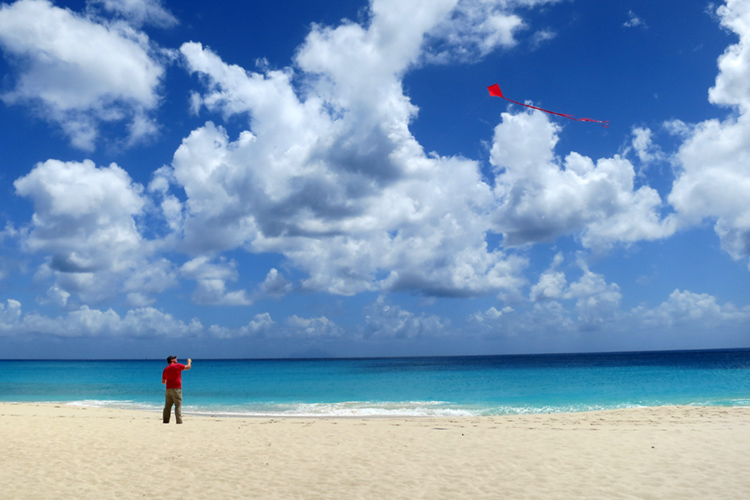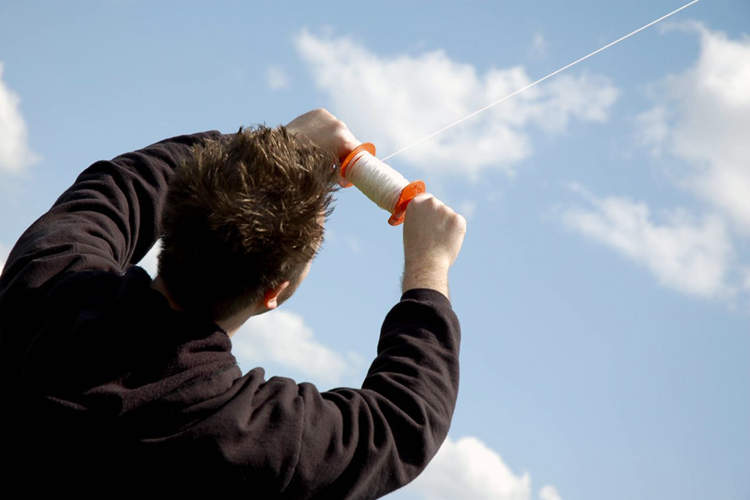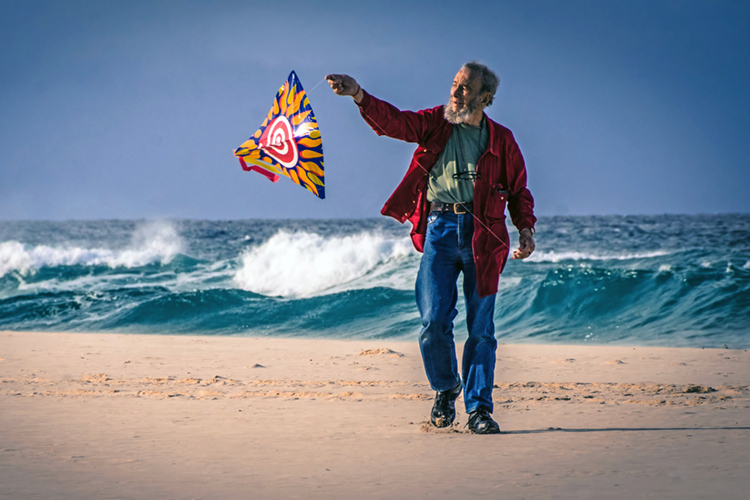Kite flying is a simple and fun outdoor activity for both adults and youngsters. Learn how to fly a simple single-line kite.
Nothing beats a single-line kite. Why? Because it is easy to set up, control, and fly and doesn't require long hours of flight to get it up high in the sky.
You can easily self-launch them and won't find any problem bringing them back to dry land.
You'll find models with spectacular designs built with sturdy materials and showcasing vibrant colors.
In the end, the goal is simple: get your kite up in the sky and make it dance from one side to the other using your control line as a steering wheel.
Types of Single-Line Kites
There are five types of single-line kites:
- Delta kites;
- Diamond kites
- Box kites;
- Dragon kites;
- Parafoil kites;
Delta, Diamond, and Box kites will easily fly in light-to-medium wind conditions, i.e., in 5-to-13 knots (6-to-15 miles per hour).
They're excellent options for entertaining children during the summer holidays.
Dragon and Parafoil kites will only launch into the sky when winds blow stronger, i.e., between 7 and 21 knots.
They are often displayed in kite festivals and flown by experienced riders.

Kite Flying In Less Than 10 Minutes
You can easily find and buy traditional beginner kites in any premier sports retailer.
They're relatively inexpensive. You can get a Delta kite for under $30 or invest in an eye-catching creative kite design for around $35.
All in all, adults and children just want to have fun and learn basic kite-flying techniques.
So, find an open, unobstructed flying field like a beach, large garden, or public park where you can quietly and patiently set up the gear.
Keep your kite away from beachgoers, power lines, buildings, piers, trees, bridges, and other natural and human-made obstacles.
Remember that you should never fly a kite while it is raining or during lightning events.
Let's learn how to fly the classic Delta shape kite:
- Unpack your kite in a clear area;
- Connect the single line to the kite keel;
- Stand with your back facing the wind with a good clear run of breeze from behind you;
- Grab the kite with your left hand while holding the kite spool with the right hand;
- Allow the kite to get airborne, and keep holding the spool tight;
- As the kite ascends into the air, it will start to sway back and forth a bit - no worries;
- Let out more lines, and the kite's overall stability will improve;
If you feel that the tail of your kite is sinking and struggling to get going, you'll probably need to wait for stronger winds.
If the problem is with the nose, there's too much wind.

Easy and Safe Landing
Once you're done, it's time to bring the kite safely down to the ground.
You can always reverse the previous process by simply doing a hand-over-hand roll with your spool until your kite is at arm's length.
But there's an alternative method for landing your kite smoothly.
Here's how to do it:
- Drop the kite spool into the ground;
- Grab the single line;
- Pull the kite hand-over-hand, allowing it to reach the ground and fall freely;
- Bury the nose of the kite into the sand;
- Wind up the kite line;
Loved the kite flying experience? Learn how to make your own kite.
